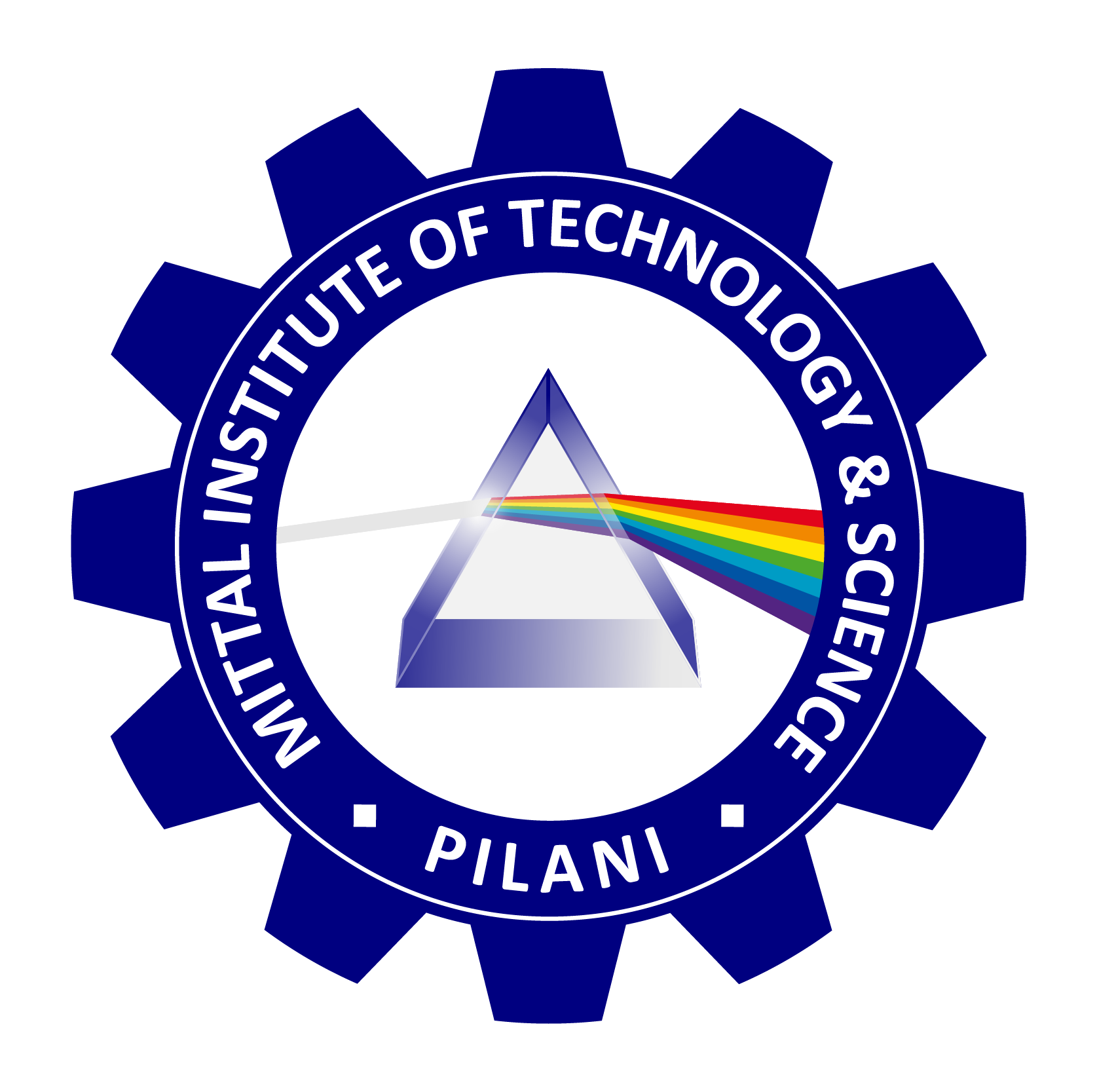
MITTAL INSTITUTE OF TECHNOLOGY & SCIENCE, PILANI
DevOps in the Context of Java Technologies
Introduction
In the evolving landscape of software engineering, the fusion of development and operations, known as DevOps, has revolutionized how applications are built, tested, deployed, and maintained. Java, being one of the most mature, robust, and enterprise-grade programming ecosystems, naturally aligns well with the principles of DevOps. The synergy between Java technologies and DevOps practices ensures rapid delivery, high reliability, and efficient scalability of applications, which is essential for modern business needs.
Understanding DevOps Principles
DevOps is a set of practices aimed at bridging the gap between software development (Dev) and IT operations (Ops). Its primary objectives include:
- Automation of processes (build, test, deploy, monitor)
- Continuous Integration and Continuous Delivery (CI/CD)
- Collaboration and communication between teams
- Monitoring and feedback loops for continuous improvement
- Infrastructure as Code (IaC) for predictable deployments
Java applications, especially in large-scale enterprise systems, benefit significantly from these principles, as they promote faster iterations without compromising stability.
Java Ecosystem and Its Readiness for DevOps
- Mature Build Tools
Java has well-established build tools that play a crucial role in the DevOps pipeline:
- Maven: Widely used for dependency management and build lifecycle automation.
- Gradle: Faster and more flexible, Gradle provides incremental builds and is preferred for complex builds.
- Ant: Though older, it is still used in legacy systems and can integrate with DevOps tools.
These tools support automation servers like Jenkins, GitLab CI, and CircleCI, enabling automated builds and integrations.
- Robust Testing Frameworks
DevOps emphasizes continuous testing. Java has comprehensive testing frameworks:
- JUnit for unit testing.
- TestNG for advanced testing configurations.
- Mockito for mocking dependencies.
- Selenium for automated UI testing.
- JaCoCo for code coverage analysis.
These testing tools integrate seamlessly into CI/CD pipelines, ensuring quality at every stage.
- Dependency Management
With Java’s dependency managers like Maven Central and JCenter, DevOps pipelines can dynamically resolve and manage third-party libraries, ensuring that builds are reproducible and consistent.
- Containerization and Orchestration
Java applications can be containerized using Docker, making them portable across environments. Java frameworks like Spring Boot produce standalone JARs, which simplify containerization.
For orchestration, tools like Kubernetes manage Java microservices efficiently, handling scaling, load balancing, and self-healing.
- Monitoring and Logging
Observability is a DevOps cornerstone. Java applications use tools like:
- Prometheus and Grafana for metrics.
- ELK Stack (Elasticsearch, Logstash, Kibana) for log aggregation and analysis.
- Spring Boot Actuator for exposing application health and metrics.
These tools provide actionable insights for operations teams to proactively manage application health.
CI/CD Pipelines for Java Applications
A typical DevOps pipeline for a Java application includes:
- Code Commit: Developers push code to version control systems like Git.
- Automated Build: Tools like Jenkins trigger builds using Maven or Gradle.
- Automated Testing: Unit and integration tests run automatically.
- Static Code Analysis: Tools like SonarQube analyze code quality.
- Artifact Repository Management: Build artifacts are stored in repositories like Nexus or JFrog Artifactory.
- Containerization: Application is packaged into Docker containers.
- Deployment: Containers are deployed using Kubernetes or cloud-native platforms.
- Monitoring: Continuous monitoring with tools like Prometheus.
- Feedback: Automated alerts and dashboards inform teams of issues.
Challenges in Implementing DevOps with Java
While Java fits well into DevOps, there are challenges:
- Legacy Systems: Many enterprises run monolithic Java applications, making automation and microservices transition difficult.
- Build Time: Java build times can be long, especially for large codebases.
- Memory Consumption: JVM-based applications are resource-intensive, necessitating careful container resource allocation.
- Complex Dependencies: Large-scale Java projects often have complex dependency graphs, requiring meticulous management.
Modern advancements, like GraalVM (for faster JVM startup and reduced memory usage) and Spring Native (for native image compilation), are addressing these issues.
Benefits of DevOps in Java Projects
- Accelerated Delivery: Automated CI/CD pipelines reduce time-to-market.
- Improved Quality: Continuous testing and code analysis enhance software quality.
- Scalability: Container orchestration scales Java microservices seamlessly.
- Reliability: Automated rollbacks and blue-green deployments ensure stability.
- Enhanced Collaboration: Developers and operations teams work together, fostering a culture of shared responsibility.
Future Trends
The future of DevOps in Java is promising:
- Serverless Java: Frameworks like AWS Lambda and Azure Functions support Java, enabling event-driven architectures.
- AI/ML in DevOps (AIOps): AI-powered monitoring tools will predict failures before they occur.
- GitOps: Using Git as the single source of truth for infrastructure and deployments is gaining traction in Java projects.
- Shift-Left Security: Integrating security checks early in the development cycle (DevSecOps).
Java’s rich ecosystem, mature tooling, and strong community support make it an excellent candidate for DevOps adoption. By integrating DevOps practices, Java development teams can achieve faster delivery cycles, improved collaboration, and higher application reliability. Despite challenges, continuous innovation in the Java ecosystem is closing gaps, making Java and DevOps a powerful combination for building and operating modern software systems.
As enterprises increasingly prioritize digital transformation, the DevOps philosophy, when combined with Java’s strengths, empowers organizations to meet customer expectations in an agile, secure, and efficient manner.

Professor Rakesh Mittal
Computer Science
Director
Mittal Institute of Technology & Science, Pilani, India and Clearwater, Florida, USA
